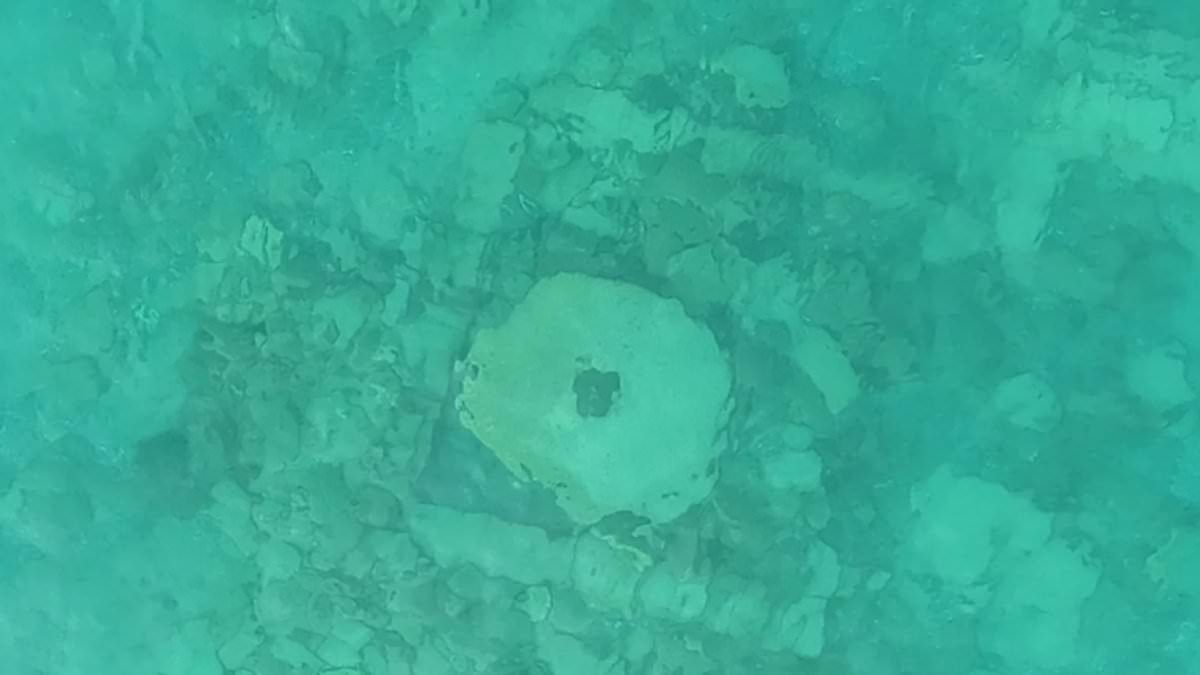Home / Science / Archaeologists Uncover Remnants of Medieval Trading Hub in Central Asia
Archaeologists Uncover Remnants of Medieval Trading Hub in Central Asia
14 Nov
Summary
- Traces of submerged city found in Lake Issyk Kul, Kyrgyzstan
- Includes medieval burial ground, ceramic vessels, and brick structures
- City was an important stop on the historic Silk Road trade route

In a remarkable discovery, archaeologists have uncovered the remains of a medieval trading hub that once stood at the bottom of Lake Issyk Kul in Kyrgyzstan. The massive salt lake, which reaches depths of over 2,000 feet, has long been shrouded in mystery, but now researchers have found compelling evidence of a lost civilization that thrived there centuries ago.
The expedition, led by the Russian Academy of Sciences, has revealed the presence of a "medieval necropolis" with fired-brick structures, ceramic vessels, and other artifacts that point to a significant commercial settlement. Researchers believe this was an important stop along the historic Silk Road trade route, which connected China and the Mediterranean for over 15 centuries.
According to the team, the city was likely home to Muslim prayer houses, schools, bathhouses, and even a grain-milling operation. But in a tragic turn of events, the settlement was destroyed by a powerful earthquake near the beginning of the 15th century, causing it to sink beneath the waves of the lake.
Despite the passage of time, many of the ruins have been remarkably well-preserved, offering a unique window into the past. Archaeologists are now working to analyze the findings and determine the exact age and nature of this lost civilization, which they say could rival the scale of the ancient Roman city of Pompeii.




